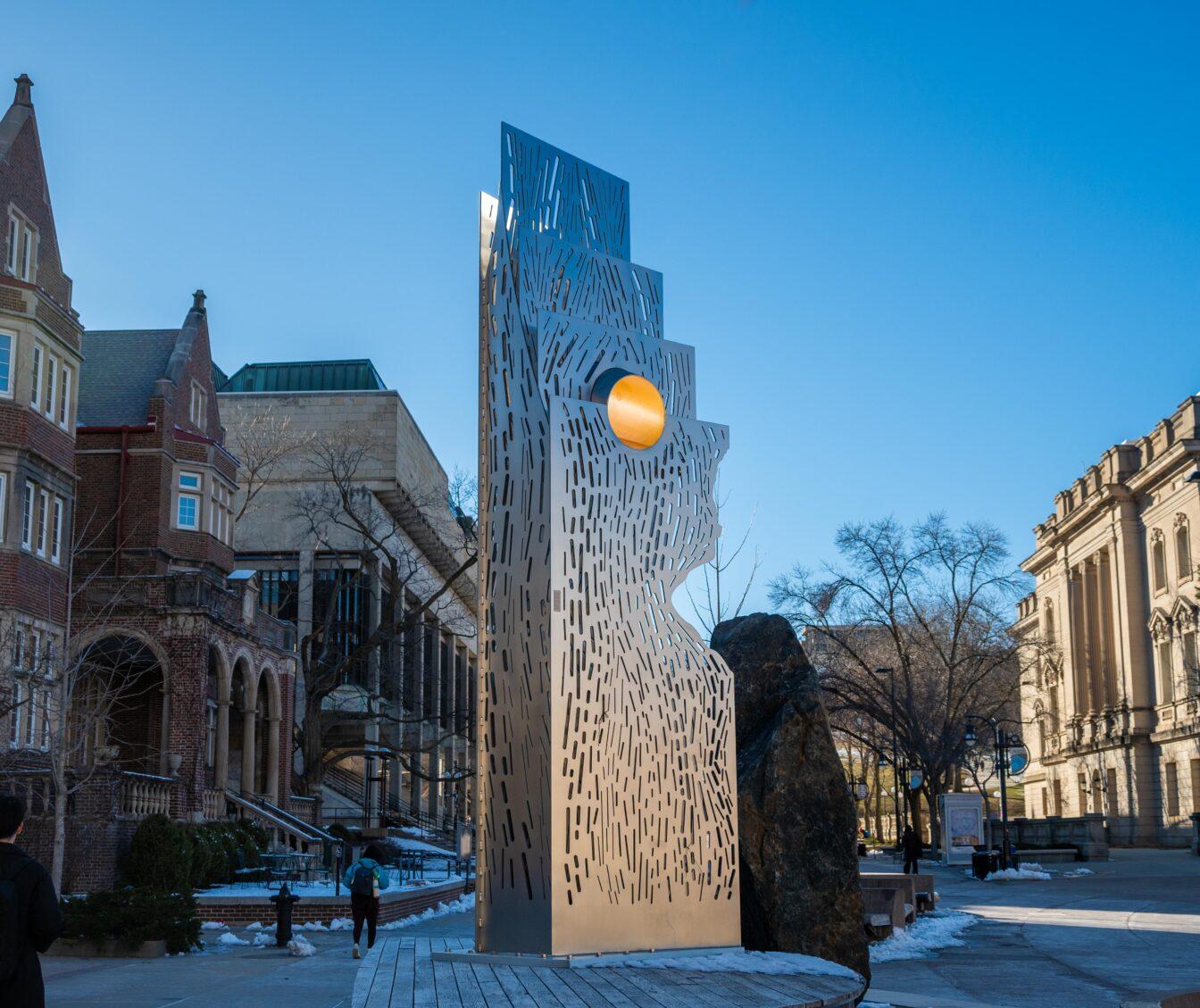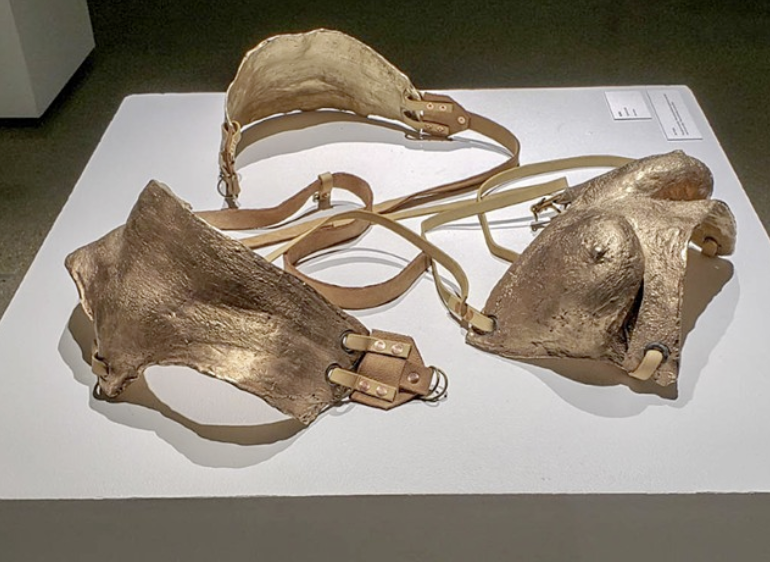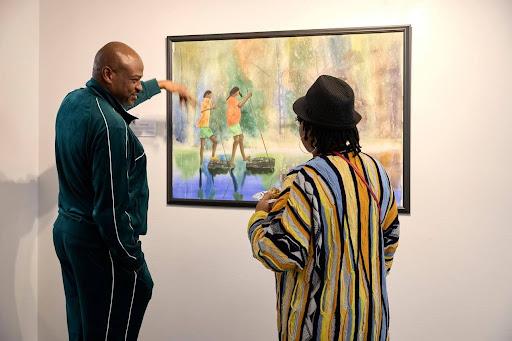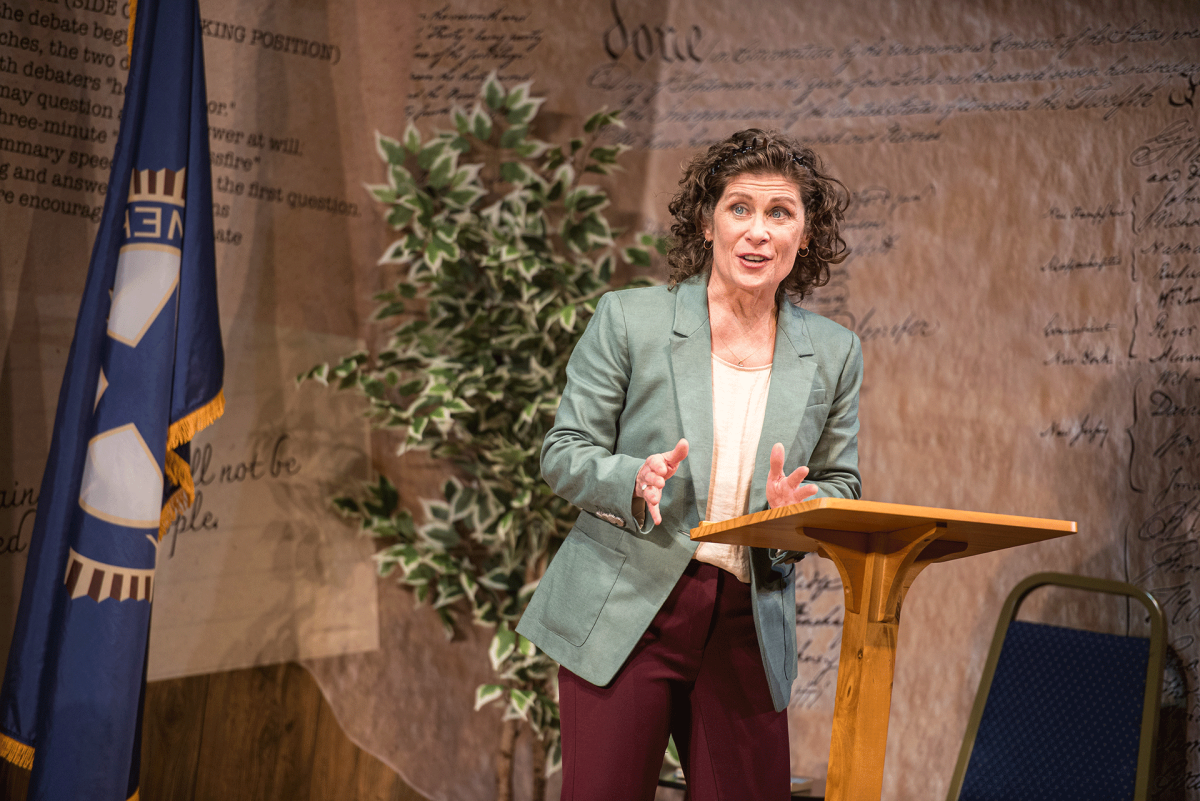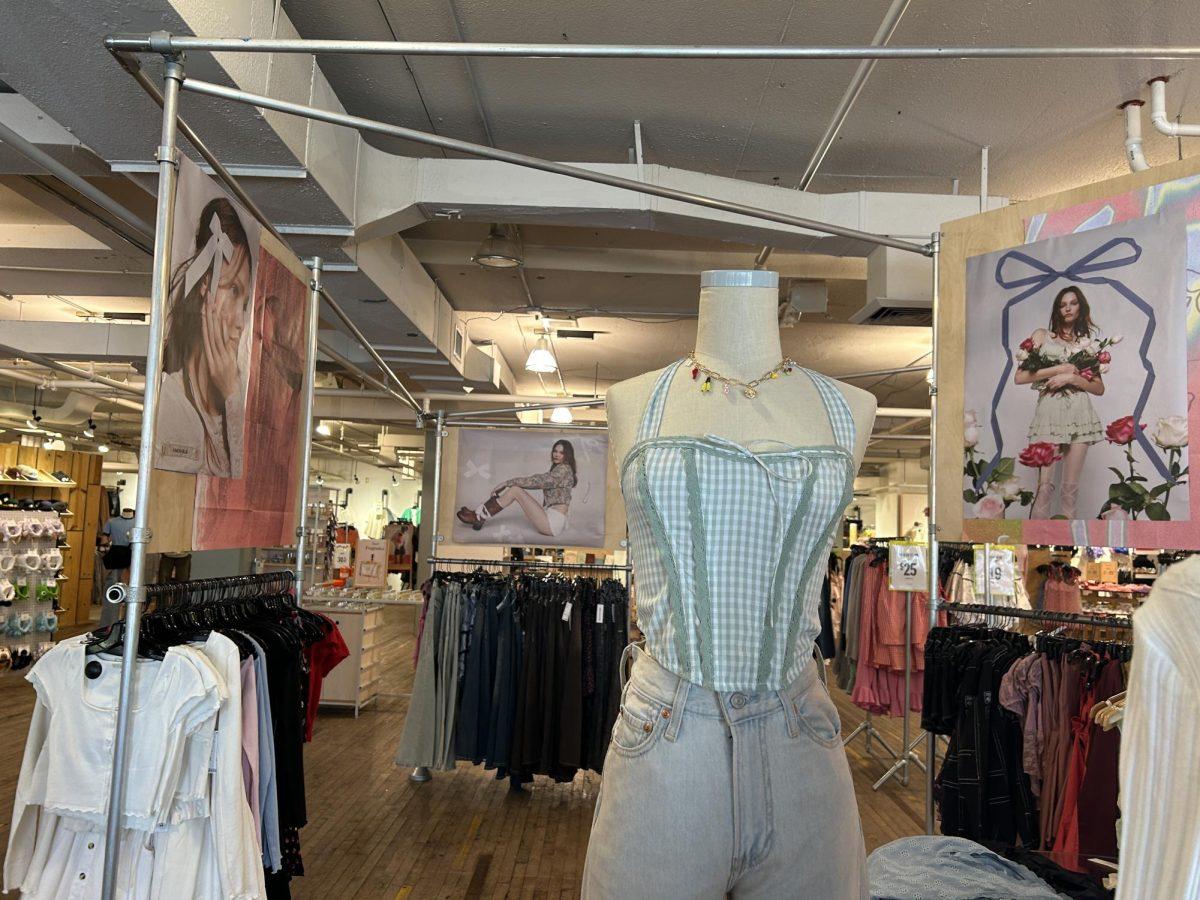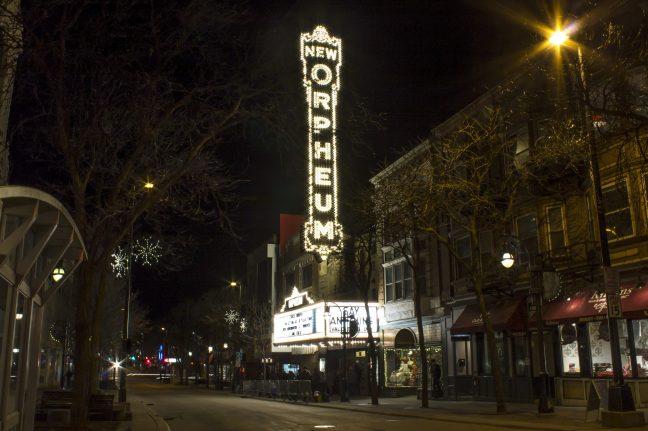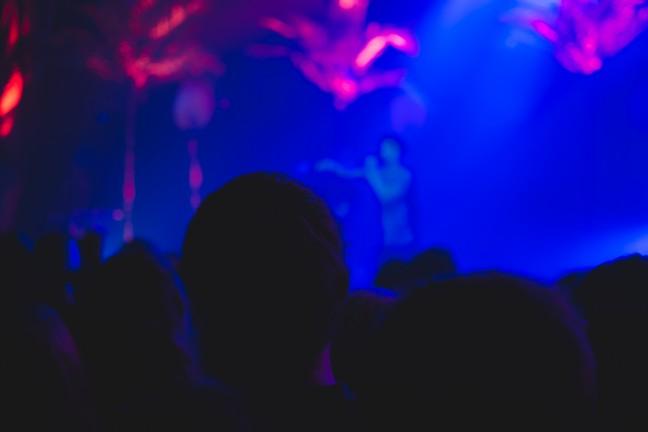Frank Horlbeck’s exhibit, “Holy Mountain: Icons from Mount Athos” was recently on display in the Conrad A. Elvehjem building and contained two distinct parts.
First, there is a dark room with two projectors displaying photos at the entrance to the Elvehjem building. The traditional exhibition is inside the Chazen Museum of Art, with some of the same photographs, along with icons depicting biblical scenes and short descriptions next to each photograph and icon.
It is interesting to first visit the projection room to acquaint oneself with the photographs and then proceed to the exhibition to learn about the background of the content.
The Chazen exhibition houses a series of photographs taken in Mount Athos, a peninsula in Greece. There are 20 monasteries on this peninsula that were built during the Byzantine Empire. One can see all 20 monasteries from the highest peak on this peninsula.
Emphasis on light is one consistent theme that carries over between the photographs. Several of the photographs have a gloomy or dark tone, with one central point with a light. In the religious context, light is representative of the divine, and it connects the monks with God. It also symbolizes the passing of time.
The photographs also exude sentiments of history, lacking signs of contemporary interference and globalization. The photographs are taken from a distant stance, which enhances the viewer’s experience, as they are able to adopt the perspective of the photographer himself.
The experience of viewing the photographs as they progress through the slideshow is powerful. The complete silence and feeling of being a bystander allows one to connect with the images as if one were really part of the scenes.
Some of the photography showcases the relationship between the monasteries and the harbor, which according to the exhibition represents the monks’ connection to the outside world, as they are otherwise entirely isolated. These photographs also display the monasteries’ close relationship with nature — there is a clear interconnectedness between solitude and the voice and lessons found in the natural world.
Student art showcases social justice, human rights issues prevalent in society
One photograph that stands out in the physical exhibition is called “Waiting for Resurrection: Skulls in the charnel house at prodomos — 1986.” This image depicts a series of skulls stacked in a row. After death, monks are buried and worms eat the flesh. Then, the skulls and bones are stored in this chamber awaiting resurrection, when they will reassemble.
There are also photographs of life in the monasteries. One image shows the monks processing into the monastery carrying vegetables to eat.
Others show individual monks in a still, serene stance — there is little motion or turbulence, and these portraits exemplify the tranquil and devout environment of the monastery.










